Ahmad Khajehnejad
TAVRNN: Temporal Attention-enhanced Variational Graph RNN Captures Neural Dynamics and Behavior
Oct 01, 2024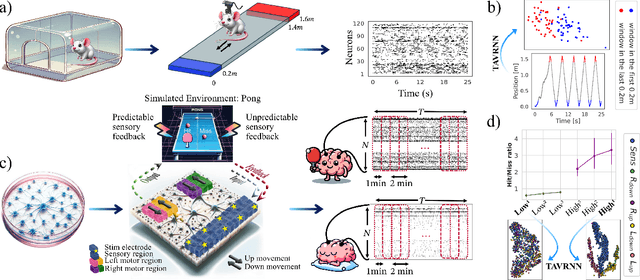

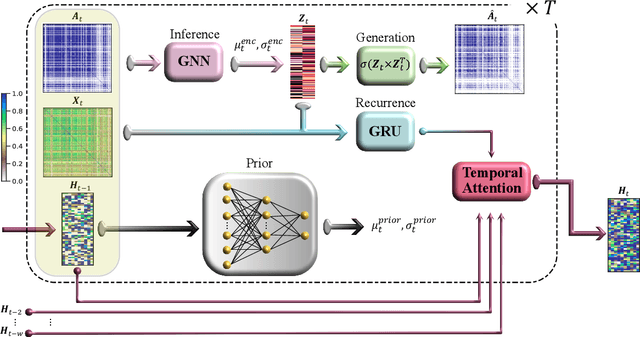

Abstract:We introduce Temporal Attention-enhanced Variational Graph Recurrent Neural Network (TAVRNN), a novel framework for analyzing the evolving dynamics of neuronal connectivity networks in response to external stimuli and behavioral feedback. TAVRNN captures temporal changes in network structure by modeling sequential snapshots of neuronal activity, enabling the identification of key connectivity patterns. Leveraging temporal attention mechanisms and variational graph techniques, TAVRNN uncovers how connectivity shifts align with behavior over time. We validate TAVRNN on two datasets: in vivo calcium imaging data from freely behaving rats and novel in vitro electrophysiological data from the DishBrain system, where biological neurons control a simulated environment during the game of pong. We show that TAVRNN outperforms previous baseline models in classification, clustering tasks and computational efficiency while accurately linking connectivity changes to performance variations. Crucially, TAVRNN reveals that high game performance in the DishBrain system correlates with the alignment of sensory and motor subregion channels, a relationship not evident in earlier models. This framework represents the first application of dynamic graph representation of electrophysiological (neuronal) data from DishBrain system, providing insights into the reorganization of neuronal networks during learning. TAVRNN's ability to differentiate between neuronal states associated with successful and unsuccessful learning outcomes, offers significant implications for real-time monitoring and manipulation of biological neuronal systems.
CrossWalk: Fairness-enhanced Node Representation Learning
May 06, 2021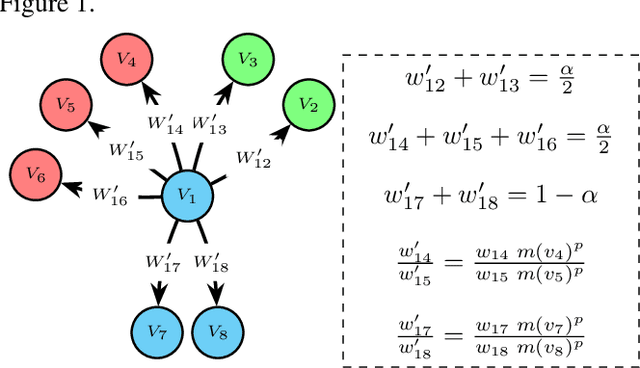
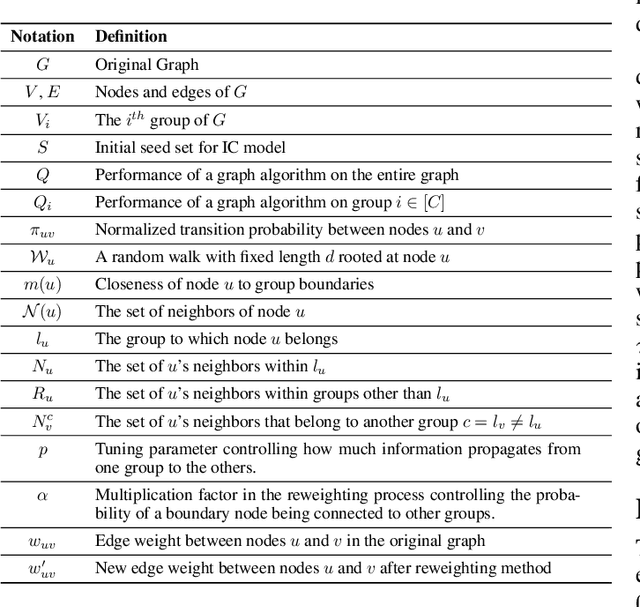

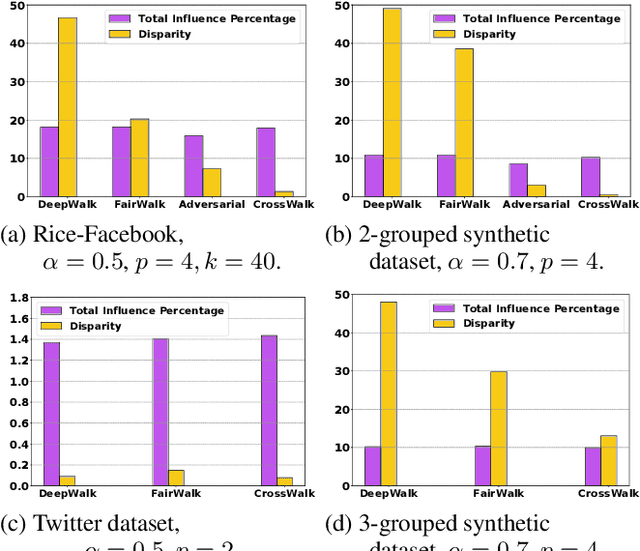
Abstract:The potential for machine learning systems to amplify social inequities and unfairness is receiving increasing popular and academic attention. Much recent work has focused on developing algorithmic tools to assess and mitigate such unfairness. However, there is little work on enhancing fairness in graph algorithms. Here, we develop a simple, effective and general method, CrossWalk, that enhances fairness of various graph algorithms, including influence maximization, link prediction and node classification, applied to node embeddings. CrossWalk is applicable to any random walk based node representation learning algorithm, such as DeepWalk and Node2Vec. The key idea is to bias random walks to cross group boundaries, by upweighting edges which (1) are closer to the groups' peripheries or (2) connect different groups in the network. CrossWalk pulls nodes that are near groups' peripheries towards their neighbors from other groups in the embedding space, while preserving the necessary structural information from the graph. Extensive experiments show the effectiveness of our algorithm to enhance fairness in various graph algorithms, including influence maximization, link prediction and node classification in synthetic and real networks, with only a very small decrease in performance.
 Add to Chrome
Add to Chrome Add to Firefox
Add to Firefox Add to Edge
Add to Edge